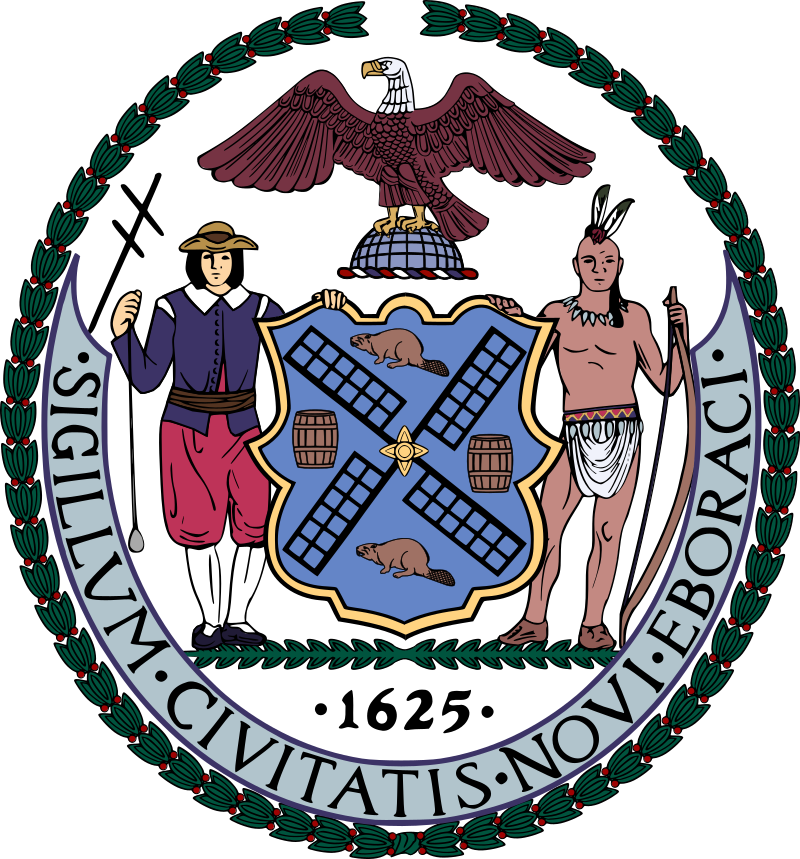Hi All:
This week’s topic is to better understand the colonizing of the Americas by the English, beginning in 1620 with the landing of the Pilgrims in Plymouth, Massachusetts. Massachusetts was at first a “city upon a hill” – a colony founded by allegedly “pure” Protestant Christians (or Puritans) who wanted to practice their Calvinist faith without government restrictions.
Read: William Bradford’s History of Plymouth Plantation
View: The Pilgrims
This is an amazing but long (2 hour) documentary. Give yourself time to watch it, perhaps in segments.
—————————————————————————————————

We will also briefly touch upon the Dutch colonization of New York, beginning with Henry Hudson sailing up the Hudson River in 1609. New York City was originally called New Amsterdam. It was first settled in 1625, when the Dutch “bought” the entire island of Manhattan from the Lenape tribe for beads and trinkets work about $24 dollars. In 1664, the English took over New Amsterdam from the Dutch and called it New York, after James II, the Duke of York (and later King of England).
Read: Jacob Steendam’s “In Praise of New Netherland” (1636) [The first poem written in and about New York!]
The Flushing Remonstrance [The famous 1657 document that ensured religious freedom in New York]
Watch: History of New Amsterdam
Lastly, I ask you to think about the impact of the English on the indigenous peoples, from the point of view of the Wampanoag Tribe. This was the tribe the Pilgrims first encountered in Massachusetts. Squanto is the famous Wampanoag who helped the Pilgrims survive the cold winters during their first years. He spoke English because, in 1614, he had already been kidnapped and taken to England, before returning to his village.
Watch the short video “Captured: 1614” from Our Story: 400 Years of Wampanoag History that tells of Squanto’s kidnapping.
Finally, I want to leave you with a quote from Ned Blackhawk, from his new book, The Rediscovery of America . Keep Blackhawk’s point in mind as we continue to cover material this semester.
European contact sent shockwaves across Indigenous homelands, reverberating in many forms, some of them undocumented. Scholars have spent over fifty years attempting to measure the impacts of these intrusions. They suggest that the worlds of Native peoples became irrevocably disrupted by the most traumatic development in American history: the loss of Indigenous life due to European diseases. Epidemics tore apart numerous communities and set in motion unprecedented migrations and transformations. North America’s total population nearly halved from 1492 to 1776: from approximately 8 million to under 4 million.
The almost unimaginable scale of death and depopulation calls into question celebratory portraits of the Founding, and also helps to explain the motivations for American Indian trade, diplomacy, and warfare, all of which shaped the evolution of European settlements. From the rise of New France in 1609 to the colonization of California in 1769, the economic, diplomatic, and military influence of American Indians were key factors in imperial decision-making. The treaties with Indigenous nations ratified by the U.S. Senate constitute the largest number of diplomatic commitments made by the federal government throughout its first century. These truths show that it is impossible to understand the United States without understanding its Indigenous history.
Post Assignment (due Monday, Sept. 18): Discuss a scene from the documentary “The Pilgrims” that particularly interests you AND from one other reading or video. Do NOT write on a scene discussed by another student.





Recent Comments